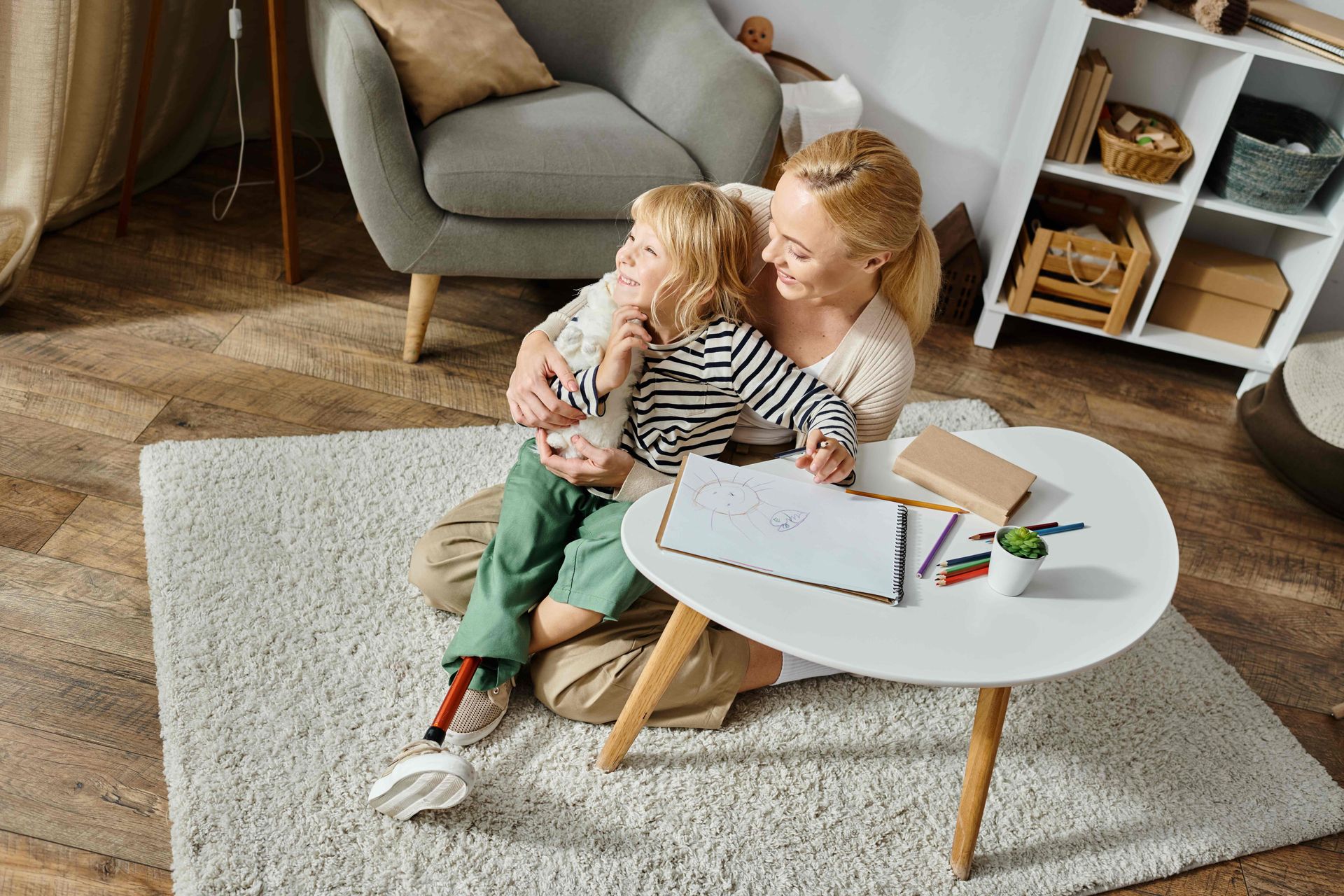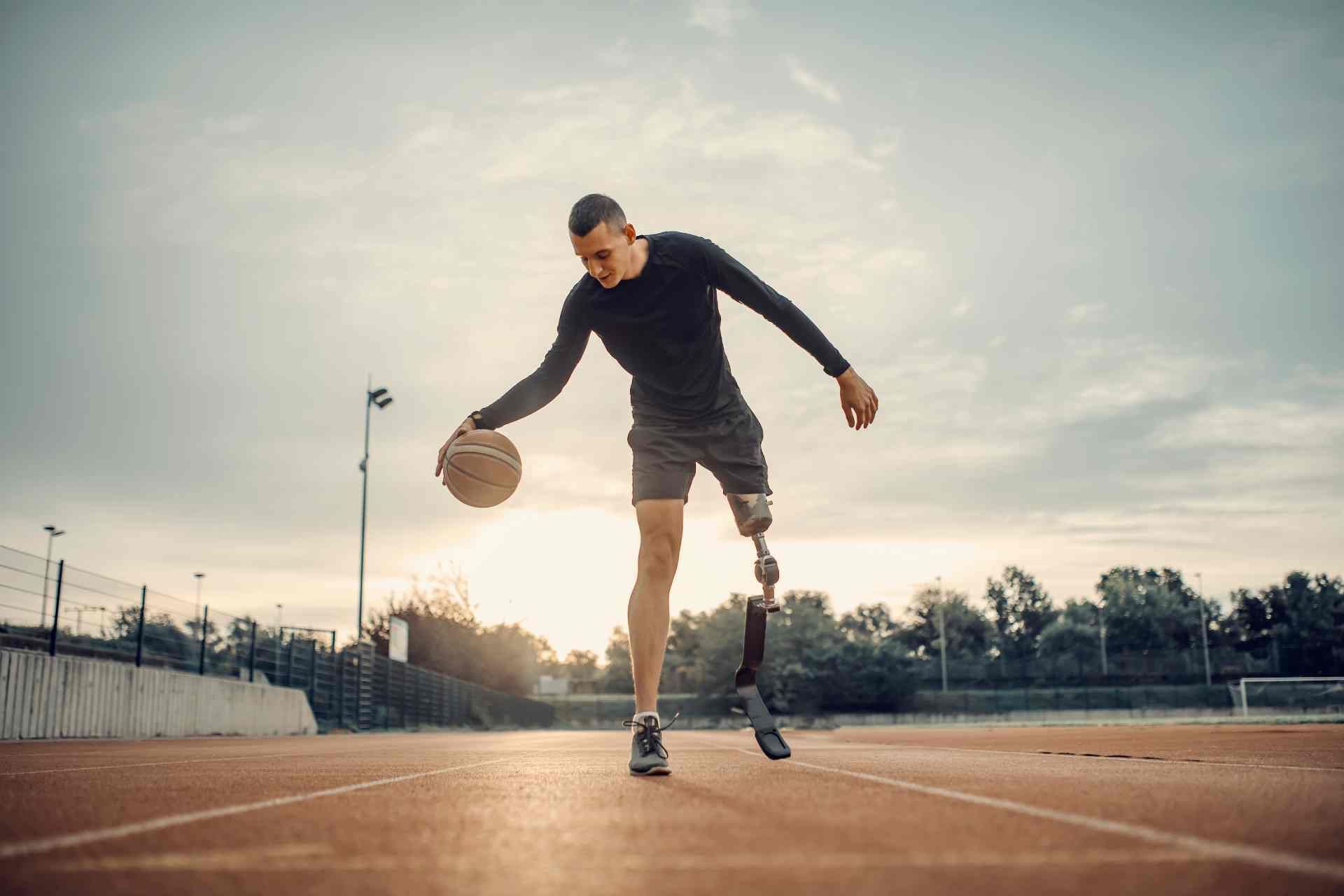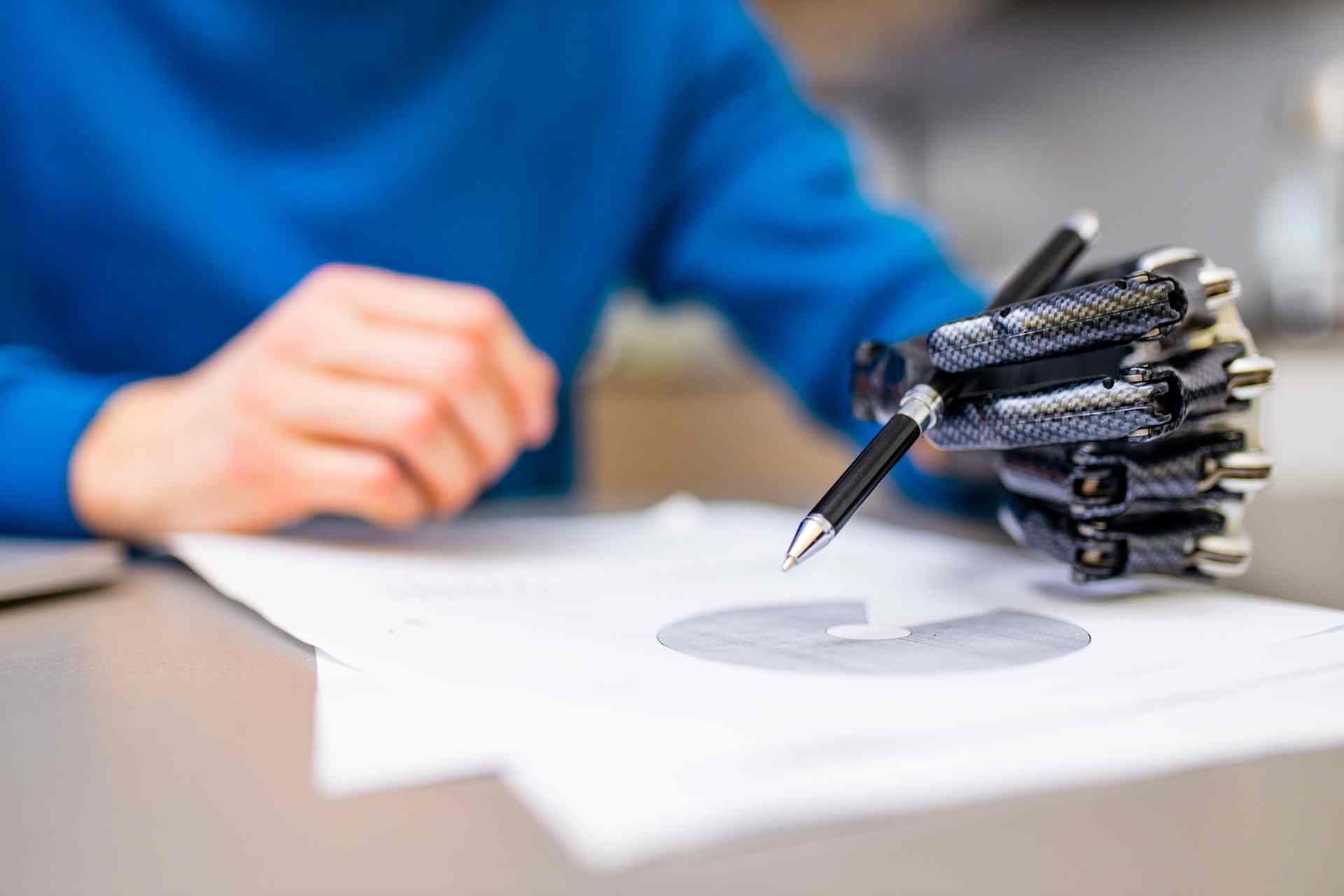Orthotics or braces help treat various conditions and reduce pain. There are orthoses for every body part, but some are more common than others. The Durrett’s Orthotics & Prosthetics team is here to teach you about the most common types of orthotics and how they can help you. Whether you need knee ankle foot orthosis braces, wrist orthotics, or one of our other prosthetic and orthotic services, our team can help you find the best solution.

Knee Ankle Foot Orthosis Braces
Knee ankle foot orthosis (KAFO) braces stabilize the knee and foot during movement. This type of orthosis can include different materials, including carbon composite, plastic, metal, and leather. The knee and ankle joints of KAFOs have various control functions, including:
- Locking
- Spring-assisted
- Flexion-extension control
- Medial-lateral control
Helpful Tips for Wearing a Knee Ankle Foot Orthosis
- Gradually increase the amount of time you wear your brace. Begin with one to two hours per day, and increase by one hour per day until you reach the suggested wear time.
- Wear your KAFO while walking or during other weight-bearing activities.
- Avoid direct contact between your KAFO and skin; wear a long, lightweight, breathable fabric sock.
Knee Orthoses
Your knees do a lot of heavy lifting and experience impact with every step you take. We recommend a knee orthosis to treat various conditions, including:
- Osteoarthritis
- Anterior Cruciate Ligament injury
- Medial Collateral Ligament injury
- Posterior Cruciate Ligament injury
- Meniscus damage
- Sprains
Ankle Foot Orthosis (AFO)
Ankle foot orthoses stabilize the ankle joint and improve the gait and physical function of the lower limb. AFOs help improve balance, reduce fall risk, and help to strengthen weak muscles. Our team of orthotics experts can help you find the exact ankle foot orthosis that works for your needs.
Wrist Orthotics
The more you use a part of your body, the more likely you are to injure it; repetitive strain injuries are the most common reason for wearing a wrist orthotic. A wrist brace can help you recover from carpal tunnel syndrome, tendonitis, and bursitis by reducing inflammation and relieving pain. We encourage our patients to think about the PRICE of recovery:
- Protection
- Rest
- Ice
- Compression
- Elevation
It would help if you also kept these things in mind when recovering from a wrist injury:
- Work on strengthening and flexibility exercises to help avoid re-injury.
- Return to regular activities slowly; improper or incomplete treatment is the leading cause of re-injury.
- Use ergonomic products, primarily if you use a computer for several hours a day, and maintain a stable wrist position when playing sports or lifting heavy items, like pans.
Orthosis Braces Near Edgewood, Kentucky
Since 1958, Durrett’s Orthotics & Prosthetics has provided high-quality, compassionate care. We are a family-owned business and value our relationships with our patients and their loved ones. We offer orthotic and prosthetic services for children and adults from state-of-the-art Edgewood, Kentucky, and Lawrenceburg, Indiana facilities.
Contact us today to schedule an appointment. Our patient info page can help you prepare for your first visit.
Durrett’s Orthotics & Prosthetics is happy to serve Lawrenceburg, IN, Erlanger, Florence, Covington, Fort Thomas, Union, Walton, Edgewood, Oakbrook, Taylorsport, Fort Mitchell, Hebron, Beaverlick, Burlington, Belleview, Independence, Newport, Verona, Elsmere, KY, and Cincinnati, OH.





